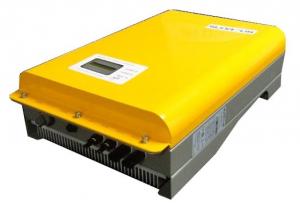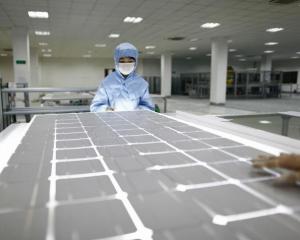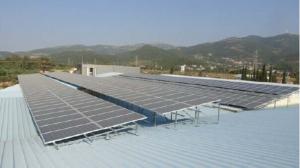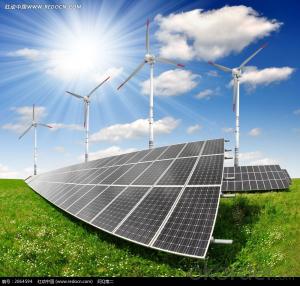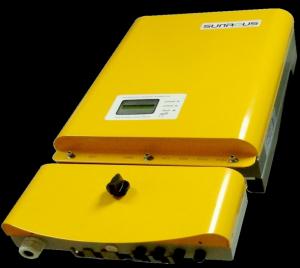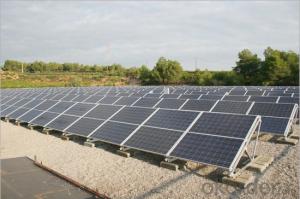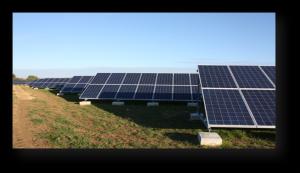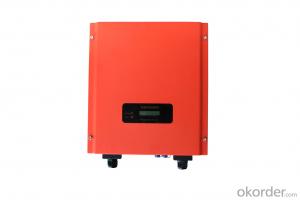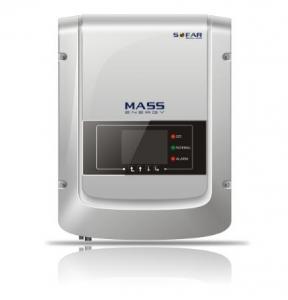Pv Solar Inverter
Pv Solar Inverter Related Searches
Solar Power Inverter For House Cost Of Solar Power Inverter Best Solar Pv Inverter 300 Watt Solar Power Inverter Solar 500 Watt Power Inverter Solar Brand Power Inverter Solar 1000 Watt Power Inverter Solar Power Inverter Generator Solar 2000 Watt Power Inverter Solar 150 Watt Power InverterHot Searches
China Mppt Solar Inverter Solar Pv Inverter Price Mppt Solar Inverter Price Solar Pv Inverter Types Pv Inverter Prices Solar Inverter Off Grid Price Off Grid Solar Inverter Price Solar Pv Inverter Price 6kw Solar Inverter Price 4kw Solar Inverter Price Solar Inverter Off Grid 1000w Solar Pv Inverter Types Pv Inverter Prices Solar Pv Inverter Price 100kw Solar Inverter Price Solar Power Inverter Types Solar Power Inverter Suppliers Solar Inverter Emergency Power Solar Power Inverter Companies Power Factor Solar InverterPv Solar Inverter Supplier & Manufacturer from China
Okorder.com is a professional Pv Solar Inverter supplier & manufacturer, offers integrated one-stop services including real-time quoting and online cargo tracking. We are funded by CNBM Group, a Fortune 500 enterprise and the largest Pv Solar Inverter firm in China.Hot Products
FAQ
- The quality of the AC waveform directly affects the performance of a solar inverter. A clean and stable waveform is essential for efficient and reliable operation of the inverter. Any deviations, distortions, or harmonics in the waveform can lead to increased power losses, reduced conversion efficiency, and potential damage to the inverter. Therefore, a high-quality AC waveform is crucial for optimal performance and maximum power output from a solar inverter.
- The input frequency range directly affects the performance of a solar inverter. The inverter is designed to convert the variable direct current (DC) generated by the solar panels into stable alternating current (AC) that can be used by household appliances or fed into the grid. If the input frequency deviates from the specified range, it can lead to inefficient or unstable operation of the inverter. A wider input frequency range allows the inverter to handle fluctuations in the solar power generation, ensuring optimal performance and compatibility with different grid conditions.
- A solar inverter handles voltage flicker by regulating and stabilizing the voltage output. It detects any fluctuations in the grid voltage caused by flicker and adjusts the output accordingly to maintain a consistent and stable voltage for the connected solar panels or other electrical devices.
- A solar inverter is necessary in a solar power system because it converts the direct current (DC) produced by solar panels into alternating current (AC) that can be used to power electrical devices in homes and businesses. AC is the standard form of electricity used in most appliances and grid-connected systems. Additionally, a solar inverter ensures the efficient utilization of solar energy by optimizing the power output and monitoring the performance of the solar panels.
- An on-grid solar inverter is designed to convert the DC power produced by solar panels into AC power that can be fed directly into the electrical grid. It synchronizes with the grid and adjusts the power output accordingly. In contrast, an off-grid solar inverter is used in standalone solar power systems that are not connected to the grid. It stores excess power in batteries and converts DC power to AC power for use in the off-grid system.
- Yes, a solar inverter can be used in conjunction with a power factor correction device. The power factor correction device is designed to improve the power factor of the electrical system and optimize the efficiency of energy usage. When connected to a solar inverter, it helps to correct the power factor of the solar power system, ensuring better utilization of the generated solar energy and reducing any potential power losses.
- The role of a solar inverter in a solar-powered electric fence is to convert the direct current (DC) electricity produced by the solar panels into alternating current (AC) electricity, which is required to power the electric fence. The solar inverter also regulates and stabilizes the voltage and frequency of the electricity to ensure proper functioning of the electric fence system.








